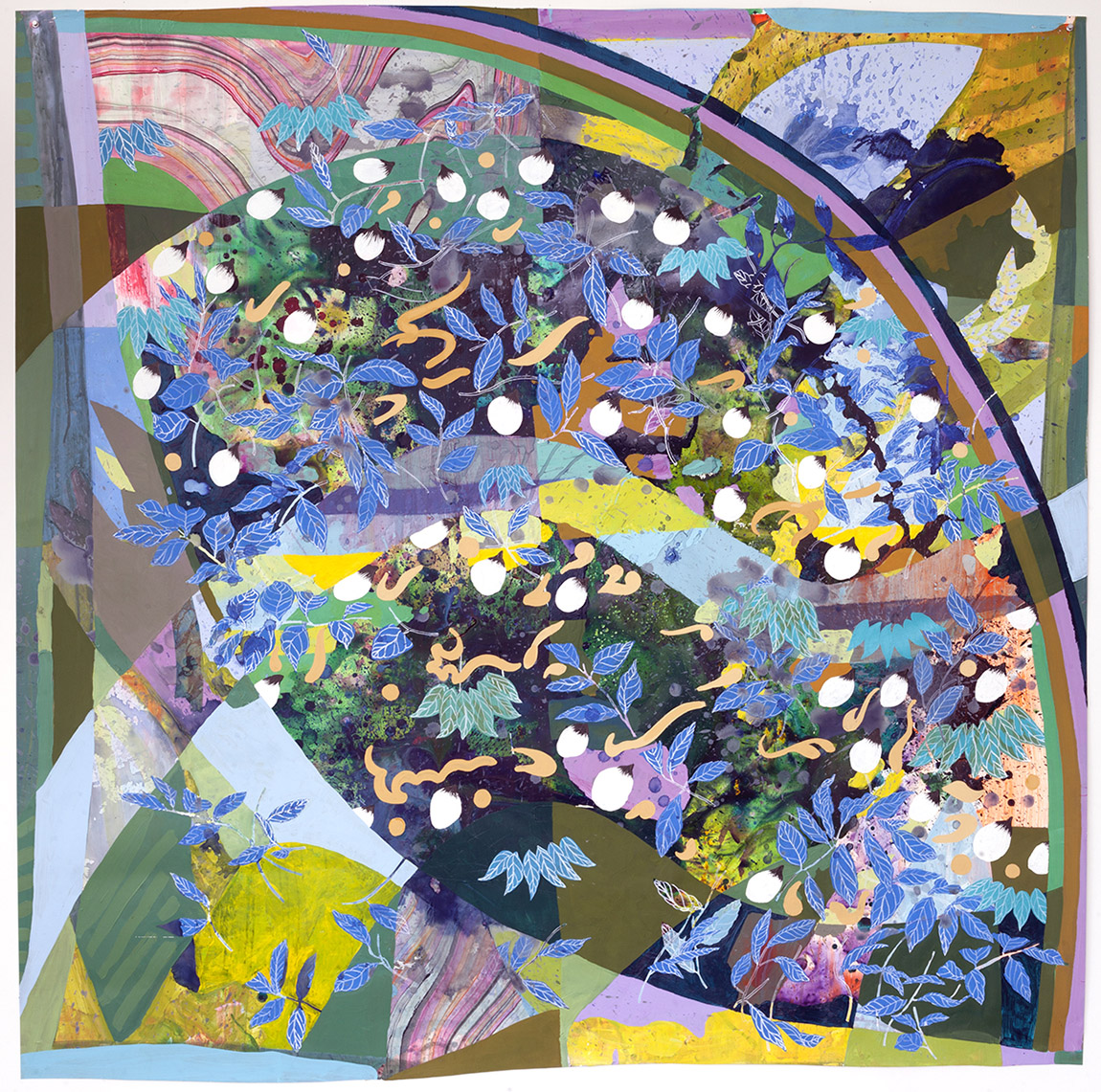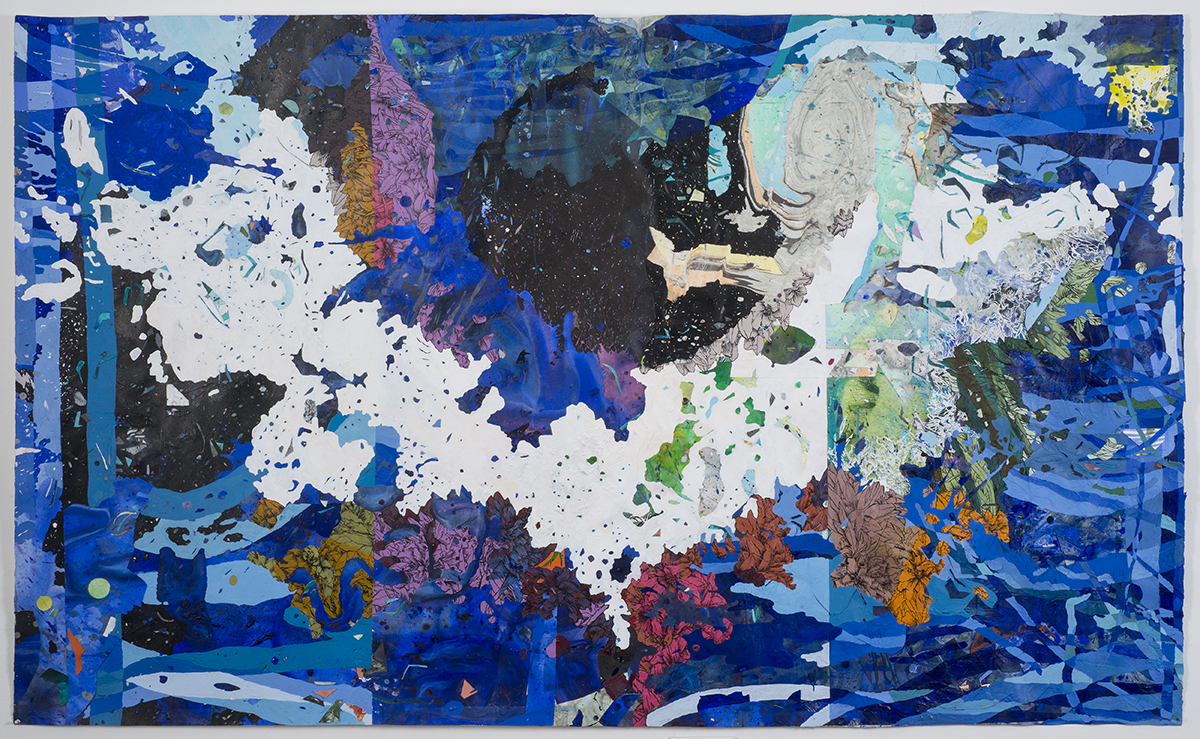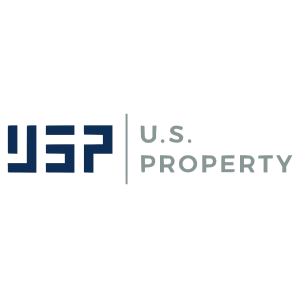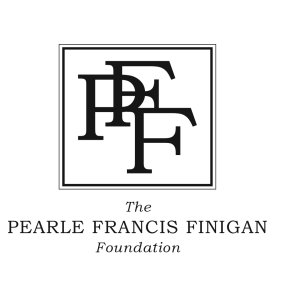Katherine Tzu-Lan Mann
Katherine Tzu-Lan Mann
Katherine Tzu-Lan Mann received her BA from Brown University and MFA from the Maryland Institute College of Art. She is the recipient of a Fulbright grant to Taiwan, the AIR Gallery and Lower East Side Printshop Keyholder Fellowships in New York, NY, and the Individual Artist Grant, Arts and Humanities Grant, Mayor’s Award and Hamiltonian Fellowship in Washington, DC. She has attended residencies at Virginia Center for the Creative Arts, Blue Sky Dayton, Vermont Studio Center, Salzburg Kunstlerhauss, Triangle Workshop, Anderson Ranch Art Center, Bemis Center for the Arts, Djerassi Resident Artists Program, and the Jaipur, India Carbon 12 Residency. Some of the venues where Mann has shown her work include the Walters Art Museum, Corcoran Gallery of Art, Rawls Museum, the US consulate in Dubai, UAE, and the US embassy in Yaounde, Cameroon. Mann is currently an instructor at the Maryland Institute College of Art.
My work's abstractions arise from the subjects I portray: ecological and geological cycles,
processes of chemical corrosion and natural efflorescence. With roots in traditions of Chinese
landscape painting, my monumentally sized paintings and installations evolve a fantastic,
abstract vision of the natural world. My latest work confronts the challenge: the resuscitation of
landscape painting in a world where "landscape" is represented and defined through an ever-
widening field of digital, graphic, and visual forms. How can a painting capture flux, abundance,
waste, fertility, and the collision and collusion of diverse forms? How can it respond to the
pressure we place on our era's fragile ecosystem? My paintings explore both questions by
sustaining tension between what is artificial and what is natural, between what is chemical and
what is biological, between organic and inorganic. The paper on which I paint is not only a
recognition of a tradition of Chinese painting; it is also a medium of vulnerability and
expansiveness, susceptible to crease and tear as well as to collage and collation. My own role in
the creation of the paintings strikes a balance between the purposive and the protective. I trust
to process, chance, and change, but I encourage, direct, and facilitate all of these. In my most
recent work, I hope to live in the tradition of landscape painting, experiencing it for what it has
always been: an occasion for radical experimentation and confrontation with the world, in the
broadest sense of the term, that sustains us.







































